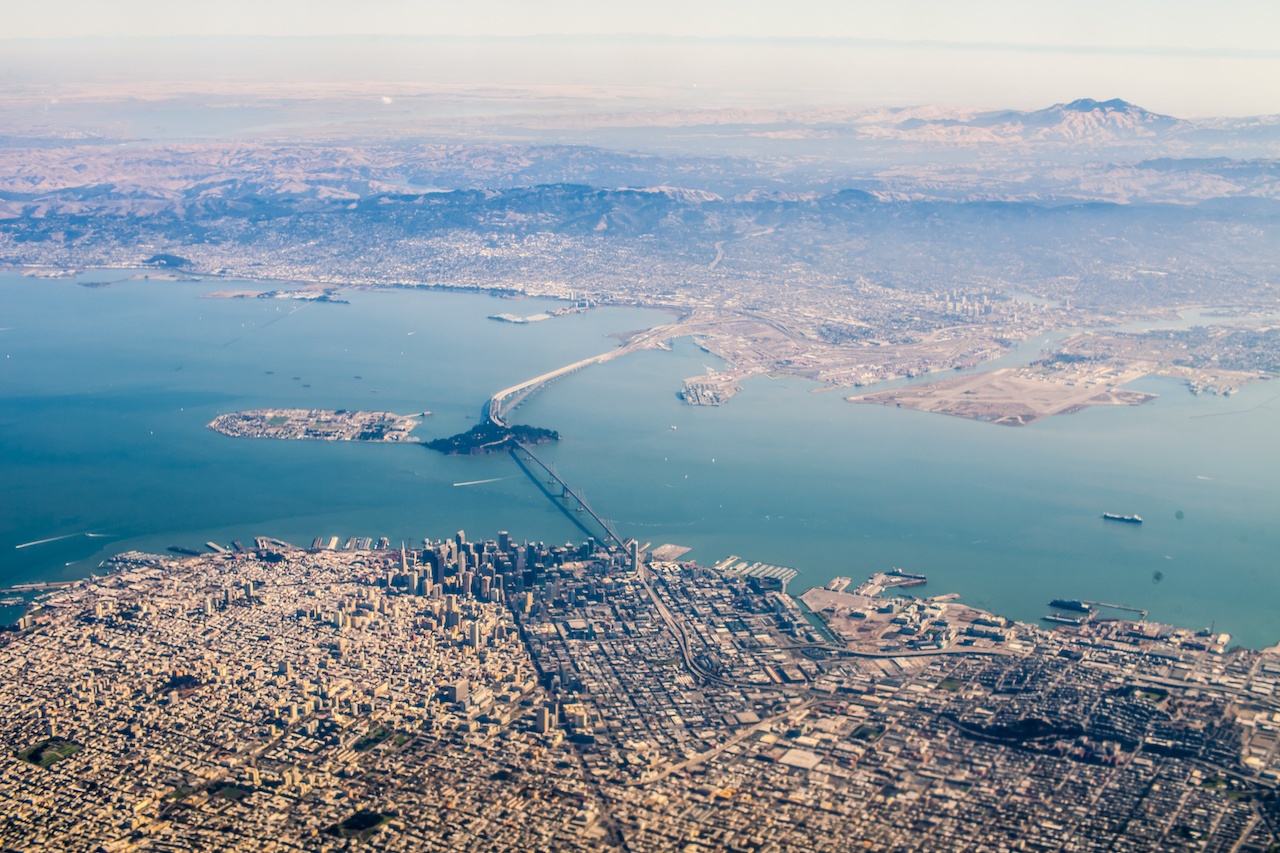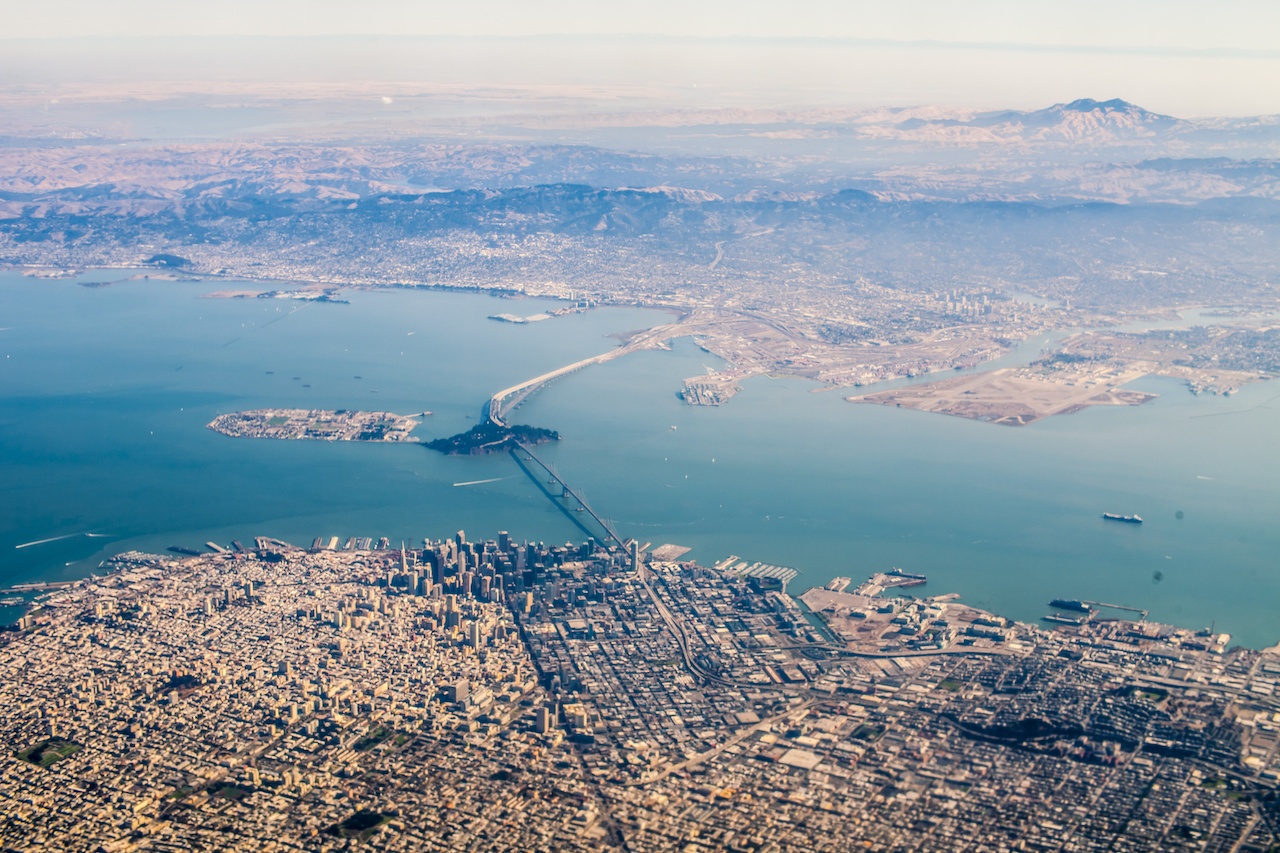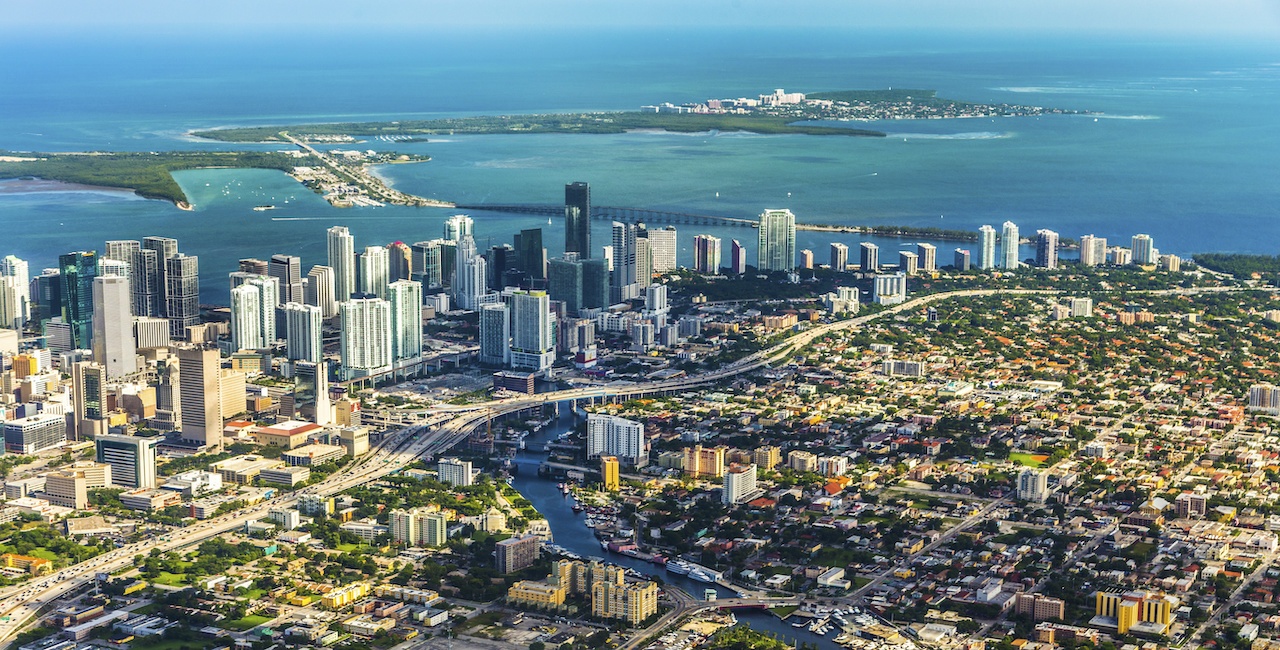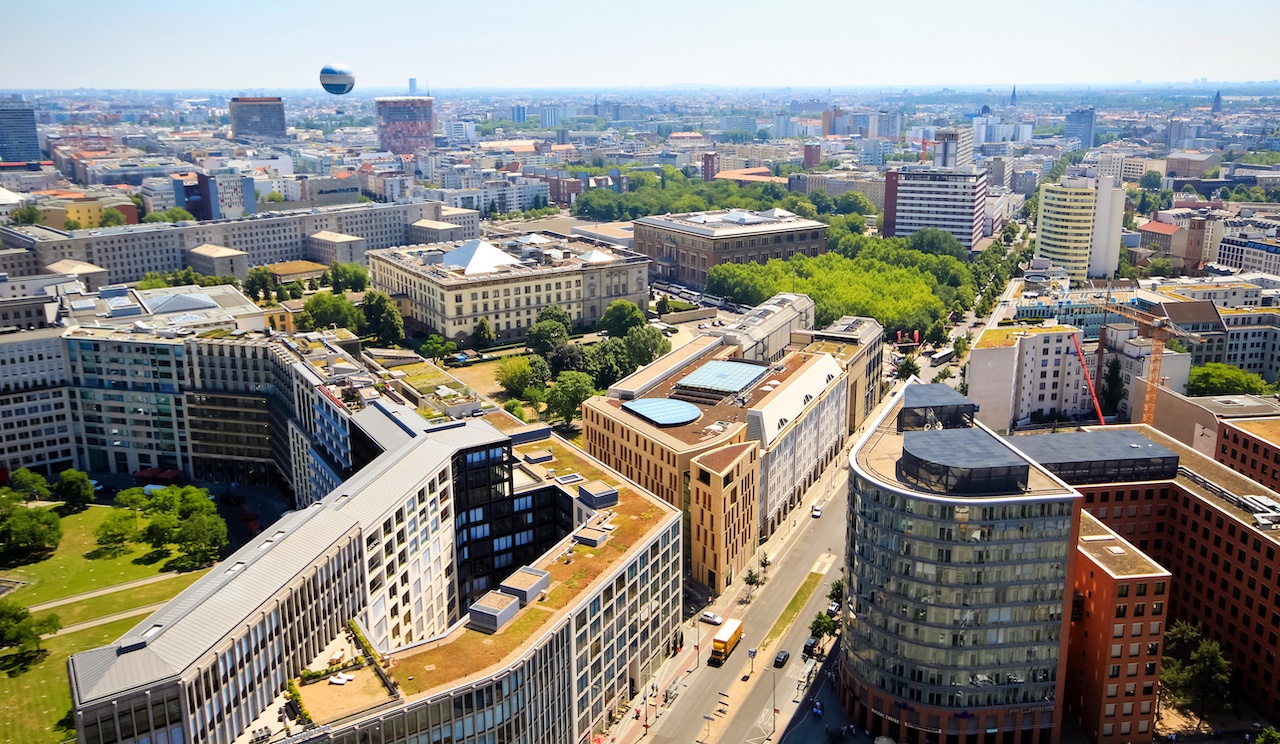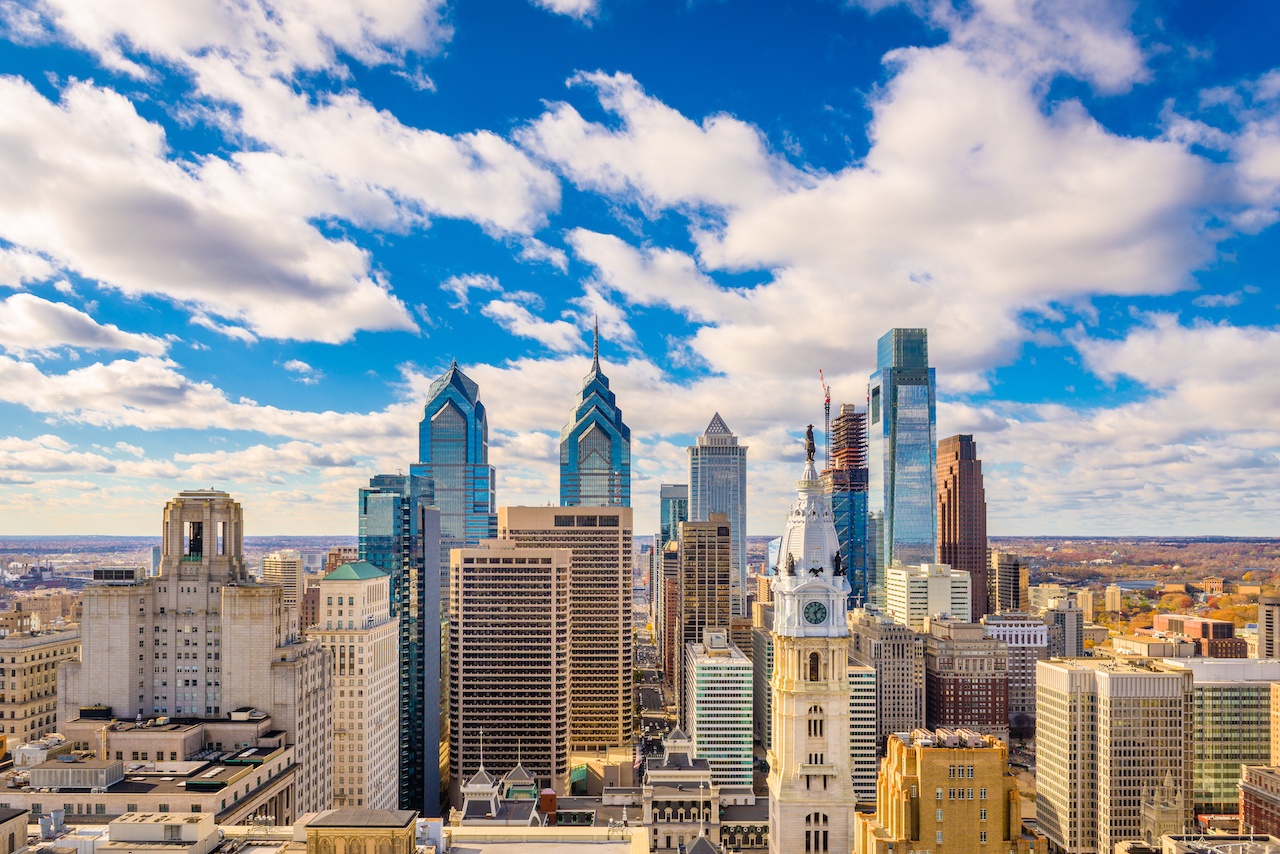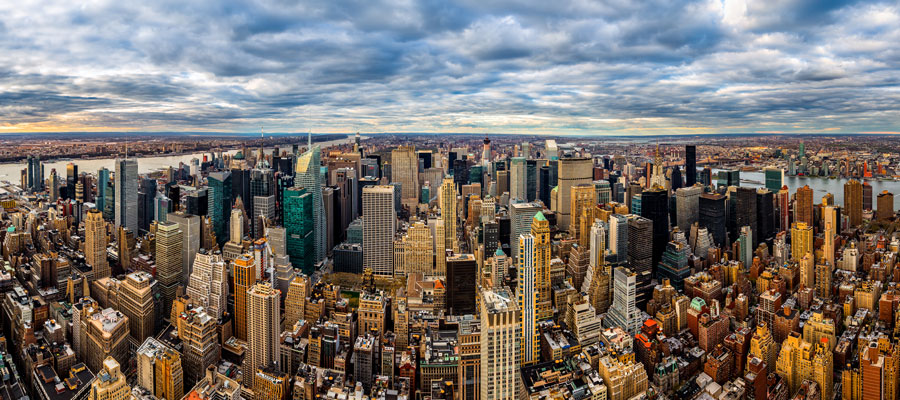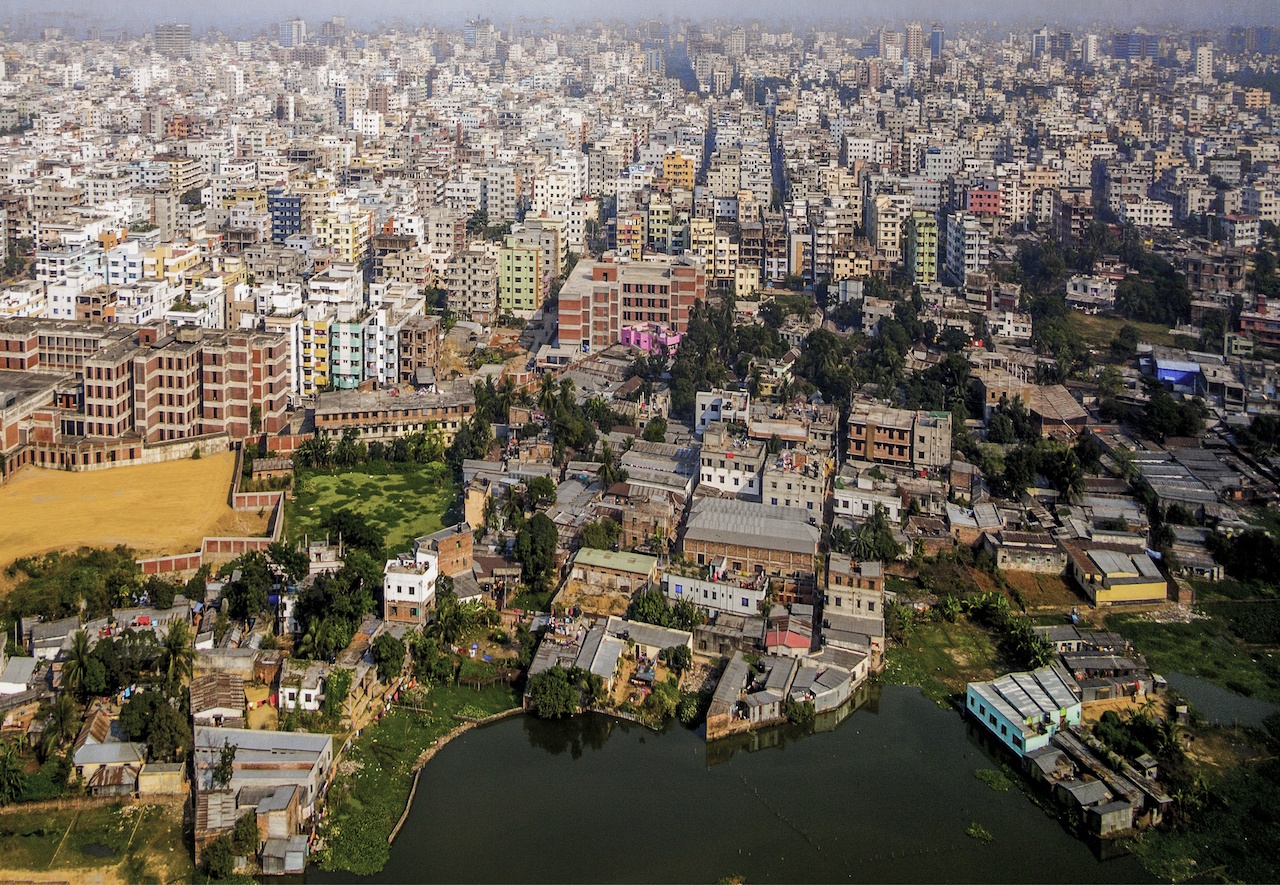Technology
A broad category of content focused on technology in cities.
Examples: IoT, privacy, software, hardware, innovation, connectivity
How to Prepare our Cities For Autonomous Vehicles
Shared mobility services have been proposed as a solution to urban congestion. When Uber and Lyft launched a decade ago, proponents of this model of peer-to-peer “ride sharing” claimed it would revolutionize public transportation to the point of replacing it. Opponents of a 2016 ballot measure to fund transit projects in Detroit wrote, “The proposal spends billions on old transit tech like buses and rail while other cities are contracting out transit services to Uber, Lyft, Chariot and others that provide door-to-door service at substantial savings.”
In the meantime, we’ve learned that peer-to-peer ride sharing services, better called ride-hailing services since they primarily function as taxis carrying individual passengers, have made traffic 180 percent worse in some cities. They have over-supplied the market with vehicles that are empty most of the time, on average adding 2.8 miles of traffic for every mile they carry passengers.
How Innovative Cities Benefit from Mobility IoT Data
Shifting to a high-tech mobility future is challenging transportation experts to think in a different way. It used to be the car was the common thread for all this data, but we are now making room for so many new modes, and new ways to gather analytics for those modes.
We’re at the point where we have plenty of data, now it’s time to start understanding these issues and how they interact. Mobility experts have created measurement tools, but not as much thought about how they all come together for the bigger picture.
Big Data is helping integrate these data flows, making sense of disparate sensors and creating a single-source “dashboard” that gives cities a whole new level of insight into the modes on their streets.
The Power of Data from Urban Air Quality Monitoring Networks
Improved understanding about local air quality can support significant policy changes and targeted incentives, including electric fleet conversions for particular transit routes, the provision of emission-control technologies or alternative routes for heavy duty trucks, targeted fuel-switching efforts for home heating in heavily impacted communities, or the enactment of new regulations for specific industrial operations. We can also use data about localized air pollution exposures to study health outcomes under specific environmental conditions. With the wealth of these new, localized data on air quality, supported by low-cost sensor technology, we can design the policies and deploy clean energy strategies that truly empower local communities and protect public health.
Cybersecurity Should be a Top Priority for Smart City Leaders
The growth of smart cities – projected to increase fourfold by 2025 – will continue. Unfortunately, at best, only a few cities have the skilled staff needed to address these new risks and cybersecurity challenges. Hence, the onus is increasingly on city administrators, technology providers, and even community leaders to take on a steep learning curve together, and better understand how cybersecurity fits into making cities safe and secure. The question remains – how do we get there?
How Cities Can Benefit from International Knowledge Exchange
The use platform provides information on how to develop and implement approaches in response to complex urban issues in a local context. Each of the case studies offers a summary of a project, program or policy, including challenges, lessons learned, impacts and an assessment of the transferability potential to another location. The use platform is free and accessible to everyone who shares an interest in urban sustainability. Search our database, join the community, and upload your project.
Smart City, Smart Procurement Strategy
Cities have primarily relied on traditional procurement methods because of the ability to effectively evaluate vendor requirements – and well, they’re familiar. However, this method is ill-adapted to the rapid innovation in smart cities technology, and can leave the city with outdated technologies, considering the inflexibility of some traditional procurement processes.
To overcome this challenge, some cities are incorporating new tools into their traditional processes to accommodate the changing vendor landscape.
Our Algorithms are Biased
For almost a year, our team has been working on a toolkit to help readers navigate the nuanced, complicated conversations that surround algorithms and the data that they consume. The project came about after a small workshop held in the city of San Francisco in February of 2018. The conversation around data science and transparency for laypeople brought us to the idea that a new resource was needed to bridge the gap between data scientists and non-data scientists.
Self-Driving Ride-Share Service ‘Waymo One’ Has Launched: What’s Next for Cities?
Many of the AV companies developing this technology are developing small shuttles, neighborhood circulators, and other types of micro-transit. These have the ability to travel on neighborhood streets, move multiple passengers and truly transform mobility, especially in sprawling urban areas such as Phoenix. One way to explore these benefits is to build partnerships with AV companies – both those developing micro-transit and those developing more traditional ride-share services.
Smart Cities Predictions for 2019
While 2018 was filled with a number of successful smart city deployments, it also revealed significant challenges that will only intensify in years to come. The most pressing challenge to be addressed throughout 2019 is earning the public’s trust in smart city projects. Towards the end of 2018, we saw major data privacy concerns emerge from citizens. From these concerns a heated, but healthy discourse between citizens, local governments, and private sector companies rose to mainstream media prominence. Citizens’ expectations of privacy have begun to challenge the murky data privacy policies described by many in the private sector. 2019 will be the year of the smart city for the citizen.
Autonomous London
AVs can move more people in fewer vehicles on less congested streets compared to private cars. This means that some London streets could be made narrower and spare street space can be reallocated for other uses including bus lanes, cycling lanes, or expanded pavements. Street space can also be released for vegetation, allowing for cleaner streets and better storm water management.
Innovative Urban Transportation Apps for 2020
Over the last 10 years, transit-oriented mobile apps have become increasingly sophisticated, offering ever-more ways for users to plot out, order up, share, and pay for a wide variety of transit options. The following is a run-down of transit apps you should know...Using Blockchain in Smart Cities
Blockchain has the potential to create countless smart networks and grids, altering how we do everything from vote and build credit to receive energy. In many ways, it could be a crucial component of what is needed to circumvent outdated systems and build long-lasting solutions for cities.
Take, for instance, electricity. With the help of blockchain, we can turn microgrids into a reality on a macro scale, enabling communities to more easily embrace solar power and other more sustainable sources, which in turn will result in fewer emissions and lower healthcare costs and rates of disease.

